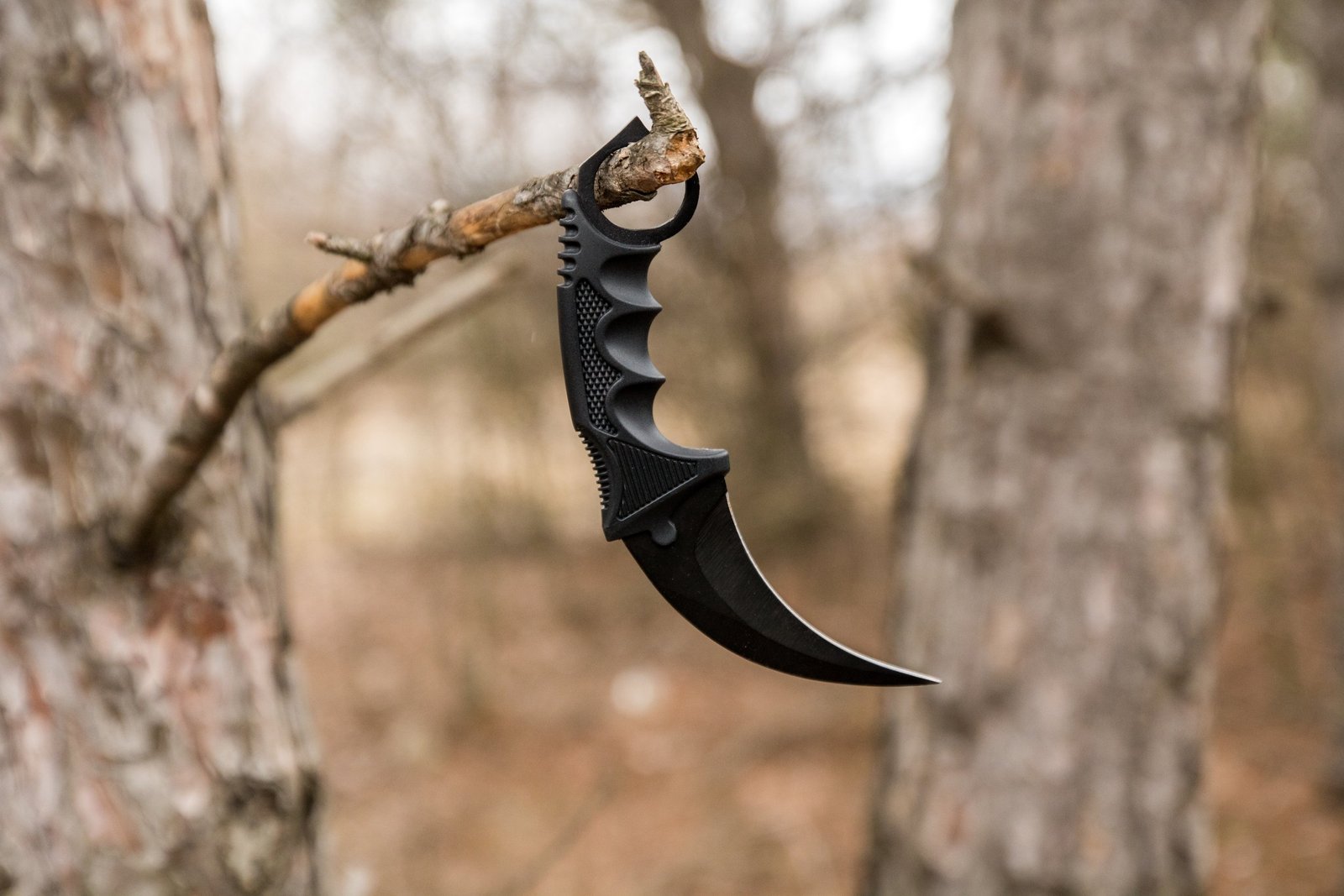
The karambit is a distinctive and traditional knife. It has deep roots in the culture and history of Southeast Asia. This is especially true in regions like Indonesia, Malaysia, and the Philippines. This small, curved blade looks like a tiger’s claw. It is not just a tool but a symbol of heritage and martial skill.
Origins and Evolution
The karambit originated in Southeast Asia. It was used for raking roots, gathering grain, and planting rice. Its design was influenced by the claw of a tiger. This made it a great tool for cutting plants and for carving and slicing. Over time, the karambit evolved from a simple farmer’s tool to a weapon of self-defence and combat. Its special shape and function made it a favorite. Warriors and martial artists loved it.
Design and Features
The karambit’s main feature is its curved blade. It is made for hooking, tearing, and slicing well. This curve mimics the natural motion of the user’s hand, making it an extension of one’s body during use. The blade is usually double-edged. It has a sharp point for piercing.
Another characteristic feature of the karambit is the safety ring at the end of the handle. This ring allows the user to insert a finger through it. This secures the grip and prevents the knife from slipping. This feature enhances the knife’s use in close combat. It also makes it safer for the wielder.
Martial Arts and Modern Use
Many martial arts systems have added the karambit. For example, it’s in Silat in Indonesia and Malaysia. It serves as both a tool and a weapon there. Its effectiveness in close combat. Its ability to inflict deep wounds. And its versatility in different fighting styles. These qualities have made it popular among martial artists.
The karambit has gone beyond its traditional bounds. It has become popular worldwide among knife enthusiasts, collectors, and martial artists. Its unique design and practicality have led to various adaptations. These include folding karambits, which mix old and new.
Conclusion
The karambit is more than just a knife. It is a legacy of Southeast Asian culture. It is a tool perfected over generations and a formidable weapon in martial arts. Its design is deeply practical and efficient. It continues to captivate and serve people across the globe. This makes it a timeless piece of heritage and utility.
Leave a Reply